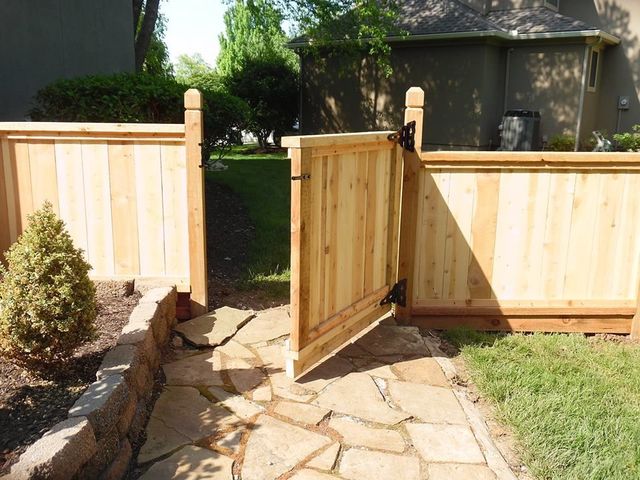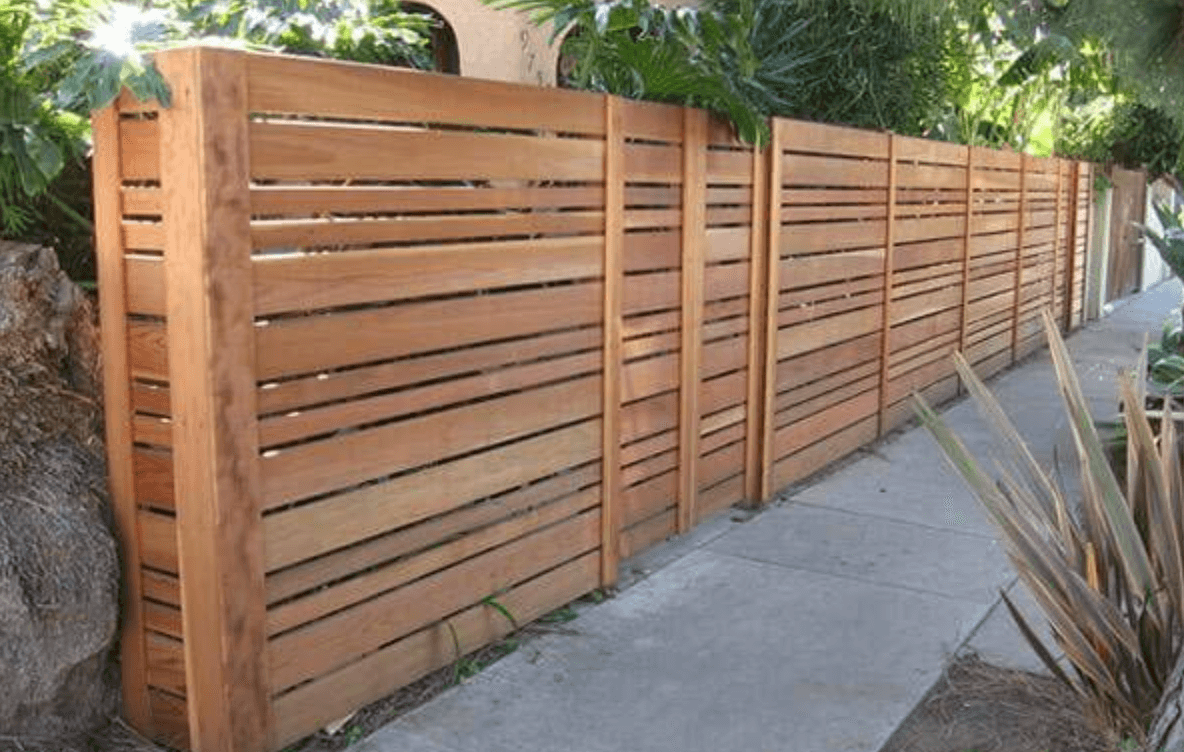All Categories
Featured

As sustainability comes to be an expanding top priority for organizations and home owners, the demand for environment-friendly building products expands to exterior rooms, consisting of fencings. Traditional fence materials such as vinyl, wood, and metal can have considerable ecological influences, from deforestation to chemical treatments and plastic waste. There are several environment-friendly fence alternatives available that not just decrease the carbon footprint however additionally supply sturdiness and visual allure. Allow's discover some of one of the most sustainable and prominent fencing materials that can help you go environment-friendly while still boosting your property's personal privacy, design, and protection.
- Bamboo Secure fencing. Bamboo is just one of the most lasting materials on the market, and it is increasingly utilized in fencing construction as a result of its quick growth and strength. Unlike wood trees, bamboo is a grass that can expand back completely within just a few years, making it extremely eco-friendly. It's naturally resistant to insects and rot, which indicates it does not call for severe chemicals or treatments, making it an eco-friendly choice.

Conveniences: Bamboo fences are sturdy, low-maintenance, and naturally degradable. They are naturally resistant to termites and dampness, lowering the need for chemical preservatives. Additionally, bamboo helps in reducing dirt disintegration due to its deep root systems. Factors to consider: Bamboo can be extra costly than some standard timber fencing alternatives, and it might not be ideal for areas with severe cold or freezing temperature levels, as it can become brittle in time. 2. Recycled Materials Fence. Fencing made from recycled materials is a great method to promote sustainability. Lots of makers now offer fencings made from post-consumer plastic, recycled wood, or perhaps repurposed metal. By picking fence made from recycled products, you minimize the demand for brand-new sources and aid avoid waste from winding up in land fills. Numerous composite materials, as an example, are made from recycled plastic containers, timber scraps, and various other products that would or else be thrown out.
Perks: Recycled product fencings help conserve natural deposits, reduce pollution, and reduced the ecological influence of the production process. They can also use excellent toughness, resisting decay, mold and mildew, and termites. Considerations: While recycled material fencings are green and extremely long lasting, they might not have the exact same all-natural visual that some homeowners seek. Nonetheless, manufacturers now use designs that mimic the appearance of wood or stone. 3. Compound Secure fencing. Composite fencing is made from a blend of timber fibers and plastic, often incorporating recycled materials. This mix produces a very sturdy, low-maintenance fence that does not require normal paint or discoloration, making it a lasting alternative. Composite fences are resistant to rot, insects, and weathering, which means they can last for several years without the requirement for frequent replacements.

Perks: Composite fencings are lasting and can endure severe weather, minimizing the demand for repair work or substitutes. Because composite products frequently include recycled material, they help in reducing plastic waste. In addition, they do not call for hazardous chemicals or treatments. Considerations: Compound fencings can have a greater upfront price than standard wood or plastic, though their toughness and decreased maintenance expenses usually make them an extra affordable alternative in the lengthy run. 4. Living Fencings. Living fencings, also referred to as hedgerows, are a green and aesthetically pleasing choice that includes planting dense bushes, trees, or climbing plants along your residential property line to create a natural obstacle. Popular plants for living fencings include boxwood, privet, and holly. These plants can be expanded to provide privacy, windbreaks, and noise decrease while adding to environmental health.
Perks: Living fencings promote biodiversity, enhance air top quality, and absorb co2, making them one of the most eco-friendly fencing alternatives. They additionally give an all-natural environment for birds and insects and can decrease environmental pollution and assist regulate temperatures in your backyard. Considerations: Living fencings call for regular maintenance, such as trimming, watering, and often pest control. They likewise take time to develop and might not offer immediate personal privacy contrasted to strong timber or plastic fencings. 5. Cedar and Redwood Fence. Cedar and redwood are prominent all-natural timber alternatives for fences. These products are long lasting and naturally immune to rot, parasites, and moisture, which suggests they usually don't require making use of unsafe chemical treatments. When sourced from sustainably handled forests, cedar and redwood fencings can be an environmentally friendly option that gives both appeal and longevity.
Advantages: These woods are biodegradable, sustainable, and offer superb toughness and all-natural elegance. Cedar and redwood additionally have a lower environmental effect when collected properly, making them an environmentally friendly option for several home owners. Factors to consider: While cedar and redwood fencings have ecological advantages, they do still need periodic maintenance and are much more expensive than other timber options. It is very important to make certain that the timber is sourced from lasting forests to maximize its ecological advantages. 6. Stone and Block Fencing (Redeemed) Stone and block fences are exceptionally durable and low-maintenance, and they can be eco-friendly when made from reclaimed materials. Redeemed rock and block are frequently restored from old structures or building projects, minimizing waste and conserving all-natural sources. These materials offer a timeless look and are highly resistant to weathering, making them a lasting solution for fencing.
Perks: Reclaimed rock and block are resilient, aesthetically pleasing, and need minimal maintenance. By repurposing these materials, you assist decrease the need for new sources and reduce waste in garbage dumps. Factors to consider: The installment of stone and brick fences can be labor-intensive and a lot more costly compared to various other materials, yet their long life and reduced upkeep requirements can make them cost-effective in the lengthy run. Final thought. Green fencing choices are not just excellent for the environment but also provide toughness, reduced upkeep, and aesthetic allure. Whether you select bamboo, recycled materials, composite fencing, living fencings, or sustainable wood like cedar and redwood, there are lots of methods to decrease your ecological footprint while boosting your residential or commercial property's look. By selecting these eco-conscious materials, you can add to a much healthier world and produce an outside area that shows your worths.
Latest Posts
Find Top Car Repair Care offered by Montclare Auto Repair – Drive with Confidence
Published May 24, 25
1 min read
Uncover Montclare Auto Repair’s Premier Auto Repairs and Why Drivers Trust Them
Published May 21, 25
1 min read
Discover the Greatest Auto Repair Deals in Montclare, Chicago
Published May 20, 25
1 min read
More
Latest Posts
Find Top Car Repair Care offered by Montclare Auto Repair – Drive with Confidence
Published May 24, 25
1 min read
Uncover Montclare Auto Repair’s Premier Auto Repairs and Why Drivers Trust Them
Published May 21, 25
1 min read
Discover the Greatest Auto Repair Deals in Montclare, Chicago
Published May 20, 25
1 min read